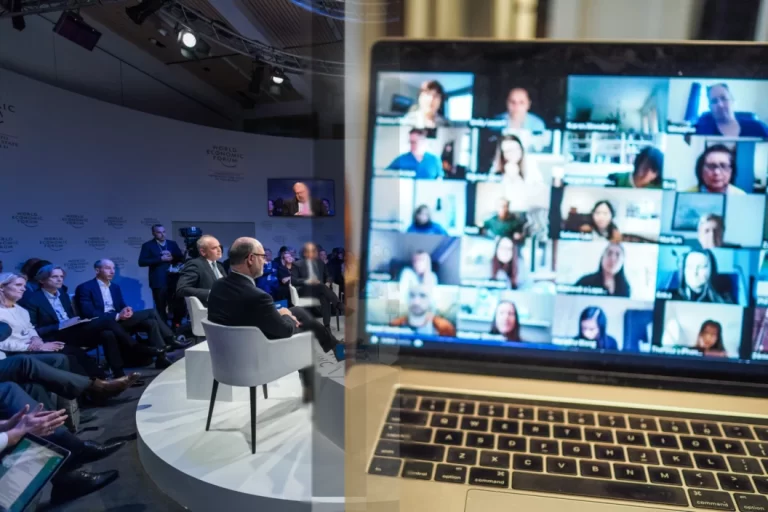As virus concerns subside and economies reopen, the term “hybrid” is increasingly being heard in the world of corporate team building and beyond. It’s clear that hybrid will play an important role for events from now on, but it is hard for some to define what exactly the term means, or what a hybrid event actually is. These are important questions to answer for anyone who wants to harness this powerful new format successfully.
What does “Hybrid” Mean?
As buzz has grown for hybrid, many of us wonder what the word actually means in the context of events. The word “hybrid” by definition means something made by combining two different elements. In the world of events, hybrid means a mixture of the elements of in-person events and meetings and the elements of virtual events and meetings. Done right, they combine the excitement of being face to face with colleagues and friends at in-person events with the reach, flexibility, and cost-effectiveness of virtual meetings. Hybrid events allow teams in multiple office locations across the country and around the world to gather in a meaningful way without the expense of travel for attendees.
A hybrid event goes way beyond simply live streaming, which is broadcasting a live event in real time to an online audience. The audience at a live streamed event is passive, just observing what’s happening at the live event. The attendees at the live event, meanwhile, may be only vaguely aware, if at all, that the event is even being broadcast.
At a hybrid event, in contrast, technology is used to enable the in-person participants and remote attendees to actively engage with each other, as well as the presenter or facilitator who is “on stage.” Hybrid events are truly interactive experiences for both groups of attendees.
What is a Hybrid Team Building Event?
If hybrid means a mixture of elements, what then is a hybrid team building event? There are several variations on how an event might function in a hybrid format, but fundamentally a hybrid team building event, as with other types of hybrid events, will have a portion of the group gathered together in person, with the remainder of the group participating in the event remotely. By utilizing technology solutions, remote participants can see, hear, talk with, and interact with the action at the in-person location for the event, without being physically present.
The biggest challenge for hybrid events is ensuring that both those attending in-person and those attending online feel actively engaged in the event. That’s particularly the case for team building programs, where engagement — rather than education or presenting information—is the core reason for the event. A truly successful hybrid team building event will achieve this, creating a shared experience that participants find valuable regardless of their attendance method.
Team building programs can be delivered in a hybrid environment either as standalone activities or as one component of larger gatherings. No matter the circumstance, the key to harnessing the power of a hybrid event is to ensure that the experience is optimized for both in-person and virtual attendees who are interacting with each other.
BEST uses powerful, proprietary event applications with Zoom integration to deliver hybrid events which ensure a shared experience that both in-person and virtual attendees find engaging and valuable. Innovative event technology solutions allow us to create dynamic methods to connect in-person and remote participants in a cohesive experience. Remote participants not only see and hear the action at the live event, but they can also engage with their teammates onsite using our event apps to answer trivia and score points the team needs to advance through the program.
Download our Hybrid Events eBook “Four Key Essentials to Making Hybrid Team Building Events a Success” to learn more about how to plan and create successful hybrid events.


